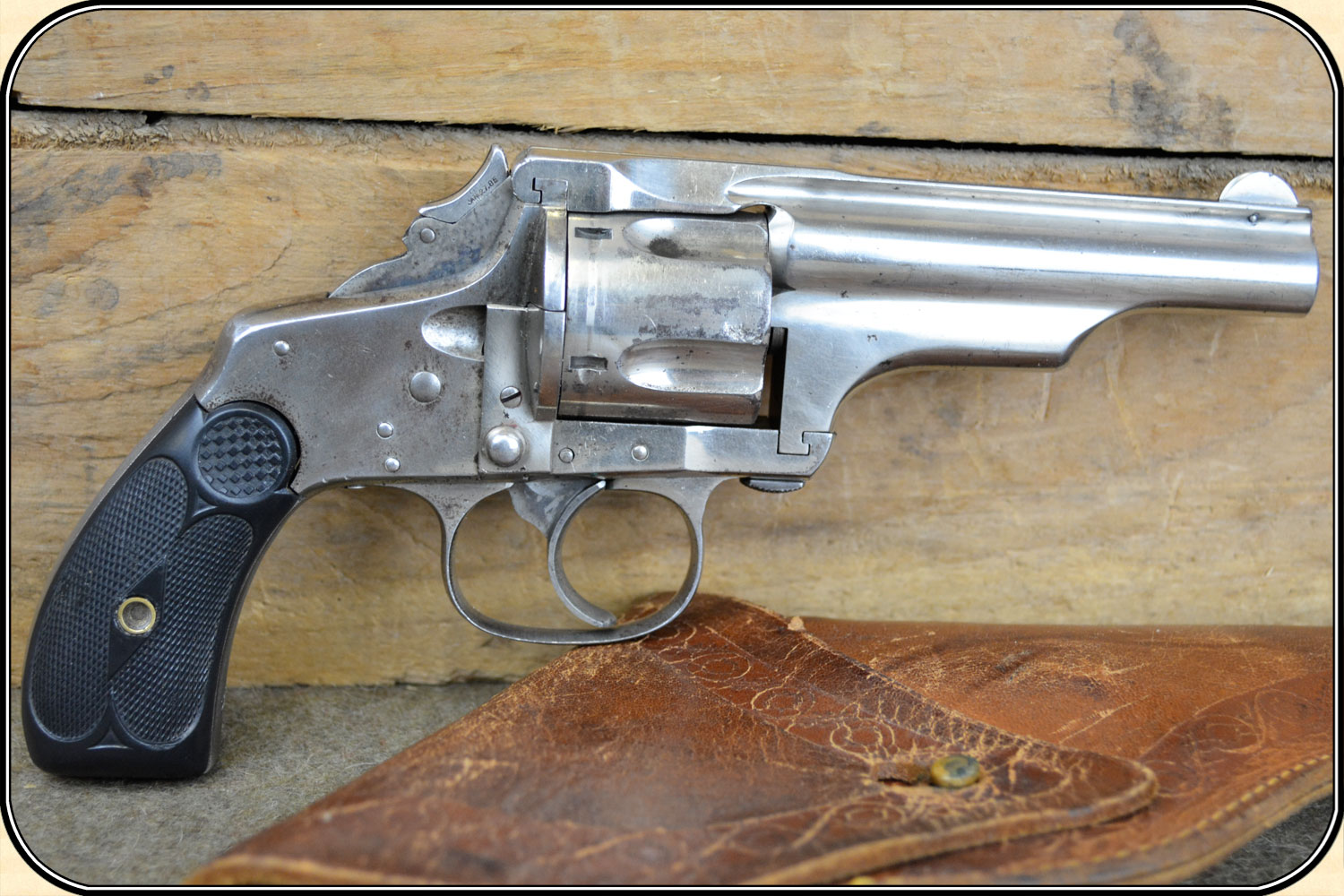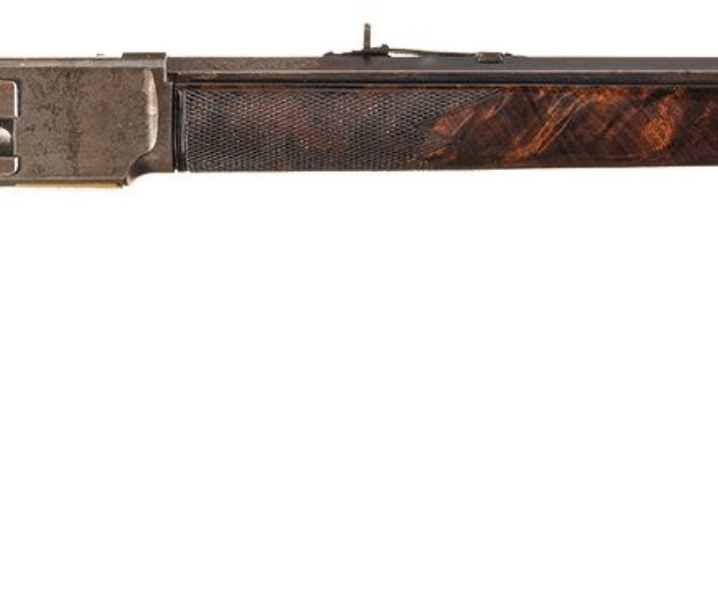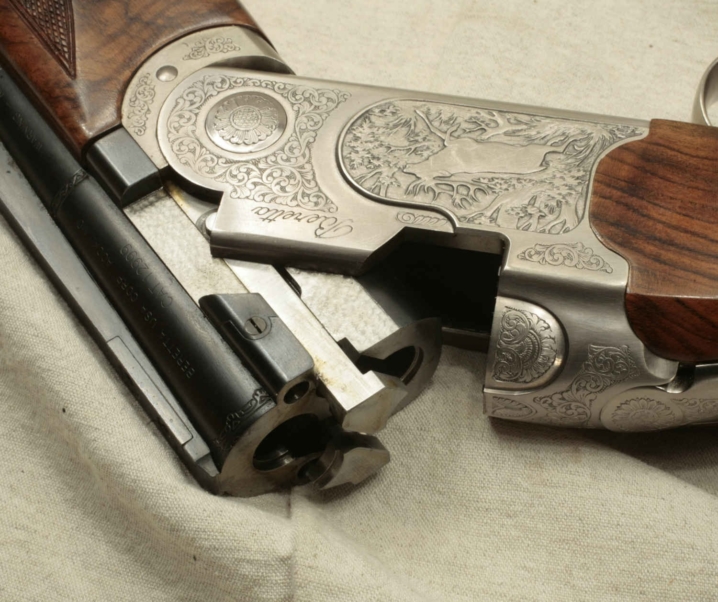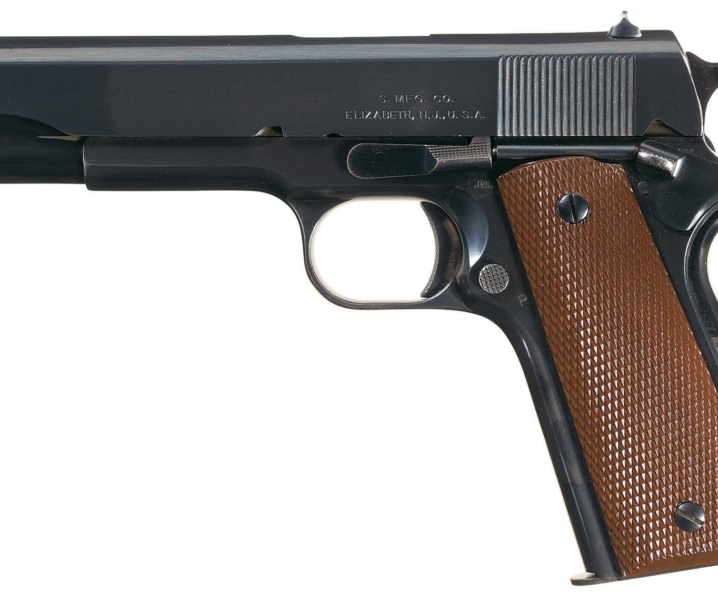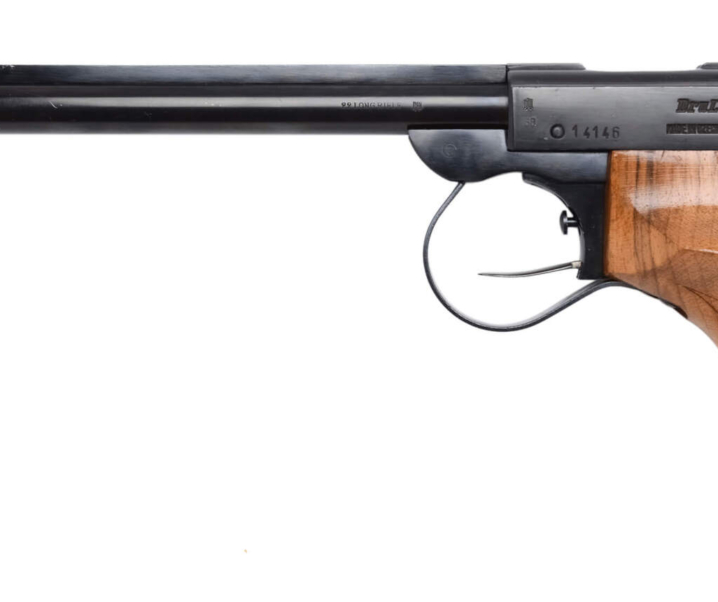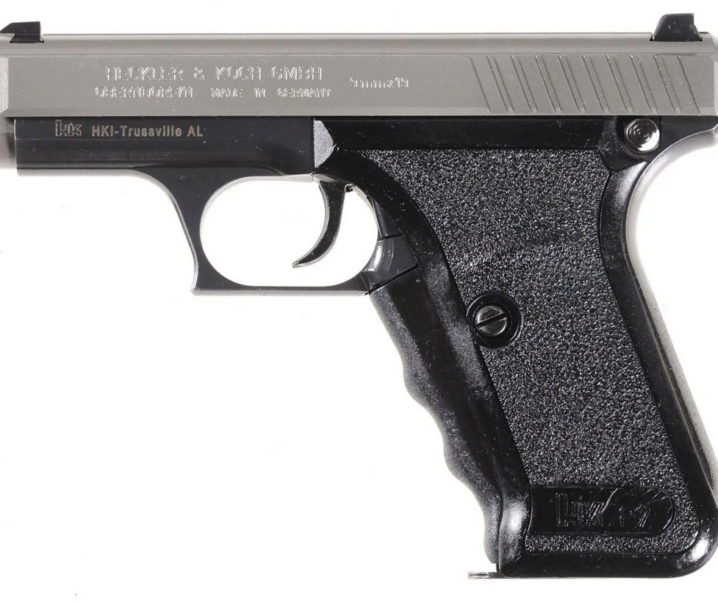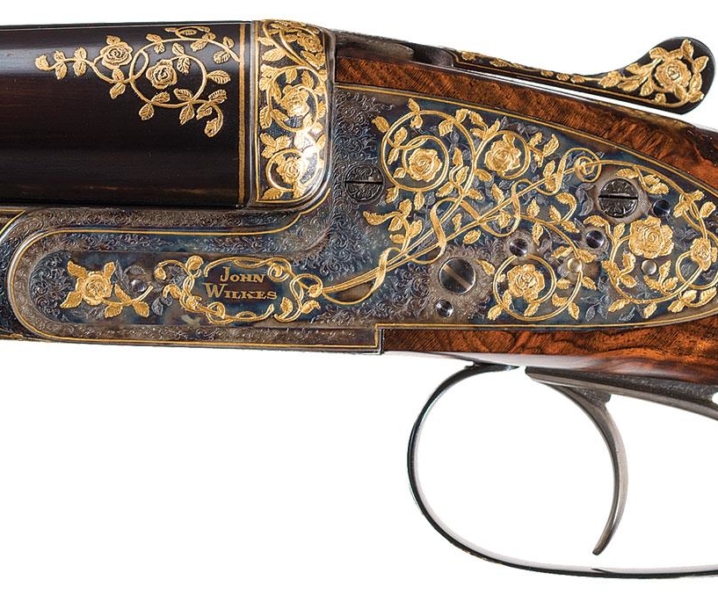They were a revolver favored by Pat Garret and Jesse James. During the frontier era of the second half of the nineteenth century the Merwin Hulbert revolvers were not just the equal of the revolvers from Colt and Smith & Wesson but some regarded them as superior. Pat Garret and Jesse James were two men who were of that opinion. All too often it is the better firearm that seems to become the rare one that few have heard of and this was certainly the case for Merwin Hulbert who encountered the same problem as Smith & Wesson when they obtained a large contract to supply revolvers to the Russian government and discovered after they had supplied the guns that the Tzar was not going to pay them. Smith & Wesson managed to survive the financial loss, Merwin Hulbert managed to continue until 1916 but never fully recovered.
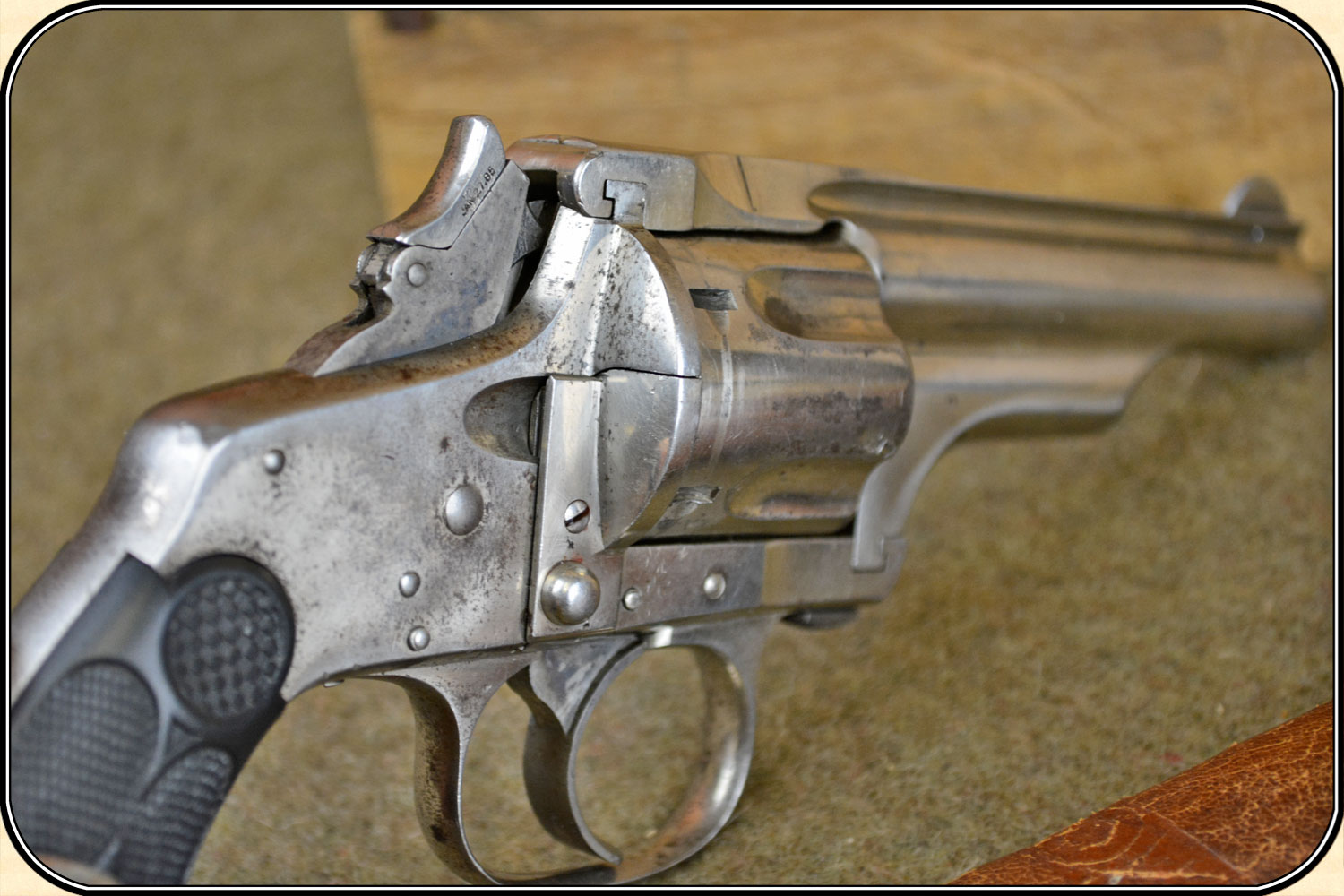
The design and quality of manufacture set the Merwin Hulbert apart. Although the design used a conventional fixed cylinder with side loading gate so the user needed to load cartridges one at a time, ejection of spent cartridges was a very different story. The revolver was put on half-cock, and then a button under the action was slid rearwards to release the barrel/cylinder assembly allowing it to be pulled forwards ejecting the fired cases but leaving any longer loaded cartridges in the cylinder. To see this in action watch Mike Beliveau demonstrate shooting and reloading his Merwin Hulbert revolver in the video below.
[arve url=”https://www.youtube.com/watch?v=MSea9_Mt1ok”]
From the video you’ve been able to see the reasons the Merwin Hulbert revolvers were favored by Pat Garret and Jesse James, and by the Russian Army. And not only was the ejection of fired cases and reloading a quicker operation but the Merwin Hulbert revolvers featured an enclosed shroud around the rear of the cylinder to keep dust and grime out of the action rather better than their competitors.
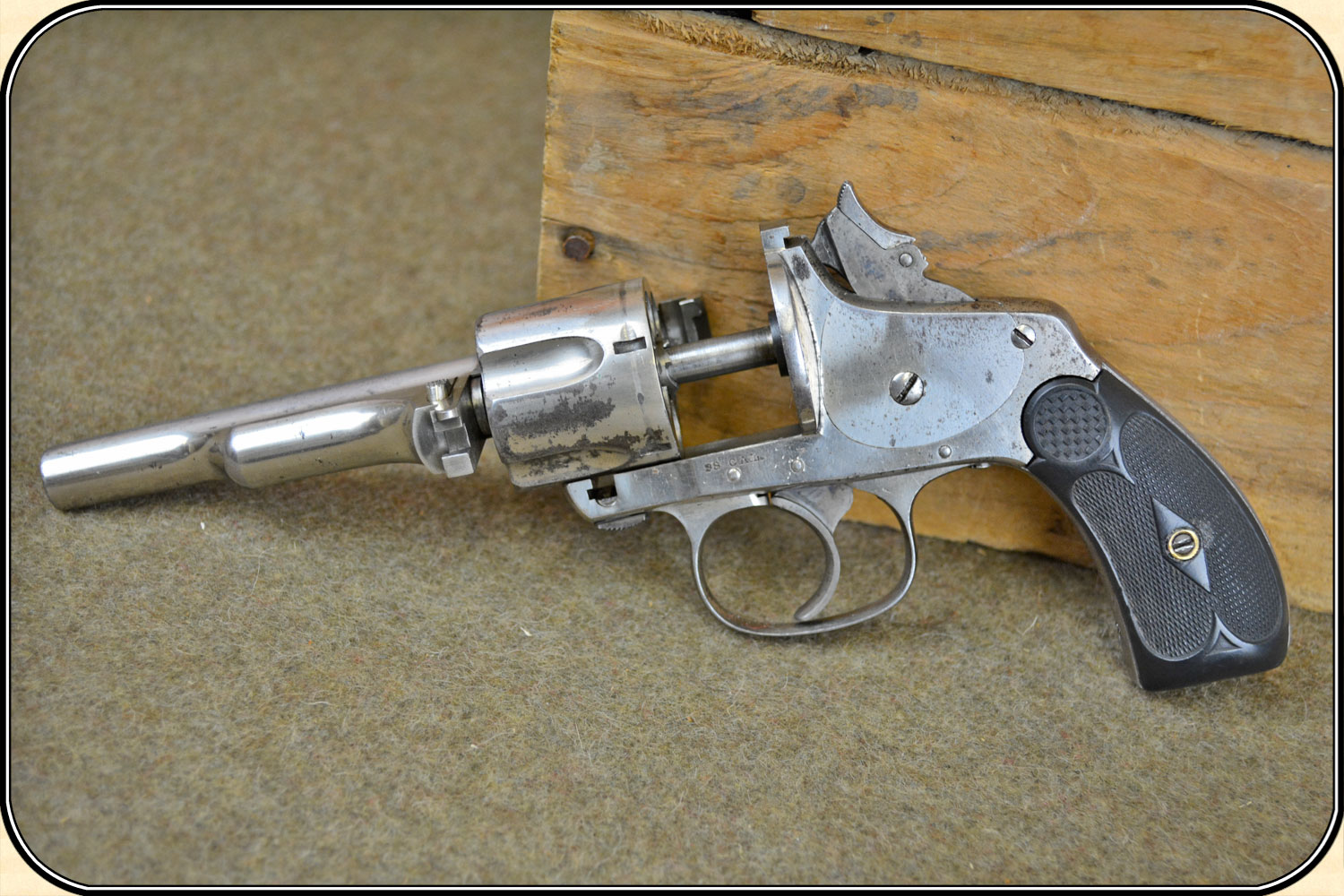
Not only did the Merwin Hulbert revolver offer a convenient way of ejecting fired cases but it also provided the means to change the barrel length of the revolver by substituting a different one. Many Merwin Hulbert revolvers were supplied with two barrels, a short one for concealed carry and a longer one for use in a conventional holster. The animation below shows how the revolver is taken down and re-assembled.
[arve url=”https://www.youtube.com/watch?v=0b5rlvggPbc”]
Joseph Merwin was the main designer of the Merwin Hulbert revolver and he got into the firearms business in 1856 in partnership with another man named Bray. In 1874 Joseph Merwin folded that company and joined forces with brothers William and Milan Hulbert who were half owners of the gun-making business Hopkins & Allen. The Merwin Hulbert & Company thus formed began production of revolvers but as they were made at the Hopkins & Allen factory they were marked as Hopkins & Allen revolvers. This is the reason the Jesse James revolver is marked as a Hopkins & Allen although it is actually a Merwin Hulbert & Co. revolver.

The fact that Merwin Hulbert marked their revolvers as being Hopkins & Allen did not contribute well to their sales appeal. Hopkins & Allen were not know for producing high quality firearms and so when buyers were purchasing a revolver that their life would likely depend on they were not likely to choose an inferior product. Hopkins & Allen’s name on the revolvers was not therefore a good selling point despite the fact that the Merwin Hulbert revolvers were excellent. Hopkins & Allen were however very good at nickel plating firearms and as a result the majority of Merwin Hulbert revolvers found are nickel plated.
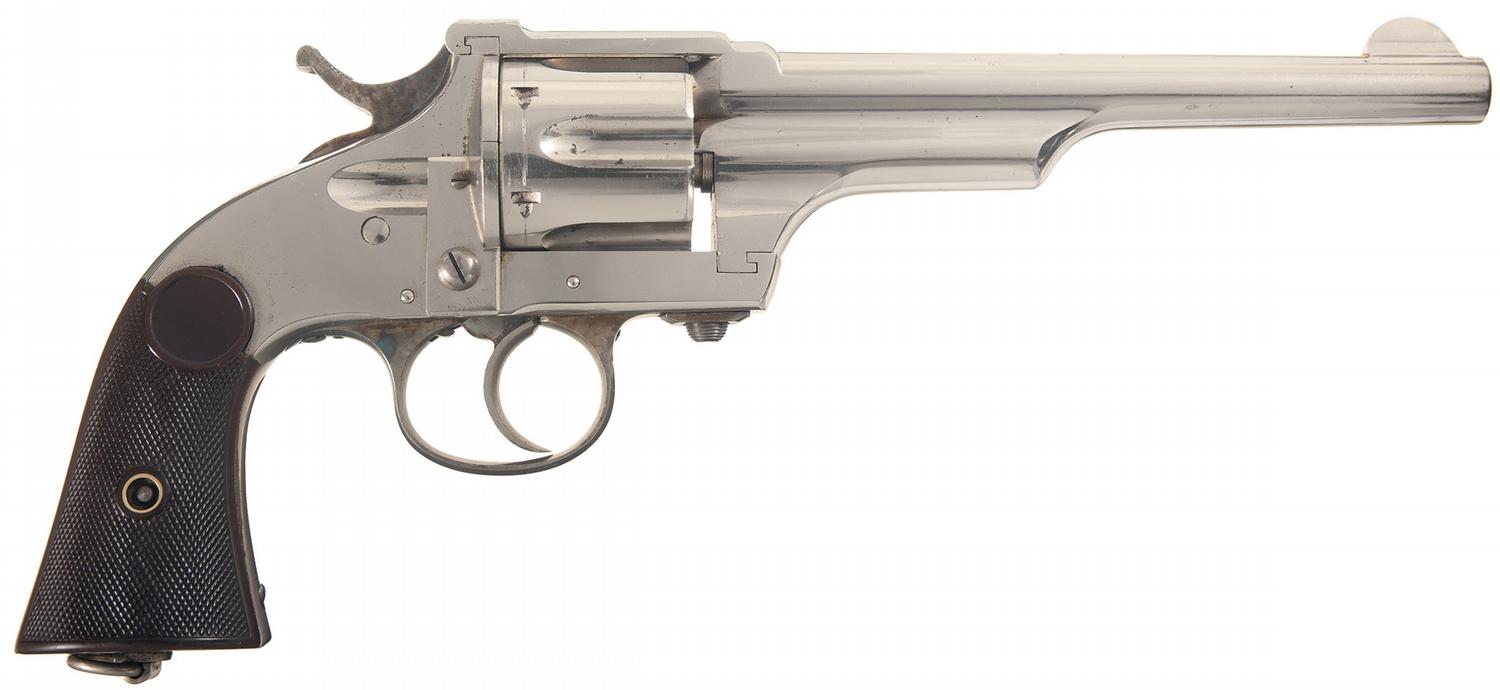
Merwin Hulbert revolvers were made in large frame “Frontier” models, the “Pocket Army”, the “Pocket Model”, the “Small Frame Pocket Model” and a clone of the Smith & Wesson Model 1 called the “Baby Merwin”.
Frontier Model
The Frontier Model began life in 1876 as an open top single action revolver intended to compete directly with the Colt 1873. This model was chambered for the .44 Russian in the hope of securing a contract with the Russian Government. The revolver moved through to the 2nd model in 1878 which was similar but chambered for the 44-40 WCF (known as the “Caliber Winchester 1873″). In 1883 the revolver was more extensively modified as the 3rd Model. This version had a top strap and was available as either a single or double action. In 1887 the 4th Model introduced a rib on the top of the barrel and was offered in three barrel lengths 3½”, 5½” and 7″. Prior models had only been offered in 7″. The barrels were interchangeable and many revolvers were purchased with a longer barrel and the 3½” one. This model also had an optional folding hammer.
Pocket Army
The Pocket Army was basically a 2nd Model Frontier Model but was available in .44 Merwin & Hulbert, .44 Russian and 44-40WCF. This model was also available with the “Skull Crusher” bird’s beak style of grip with a steel protrusion at the bottom so it could be used for doing extreme nastiness without the need to use ammunition (See the picture of the Jesse James revolver above). The revolver was offered in 3½” and 7″ barrels with the option to buy both and use them interchangeably. The 3rd Model was improved by having a top strap and being offered in either single or double action and was made between 1883-1887.
Pocket Model
The Pocket Model was the concealed carry revolver of the series but these revolvers are still quite large by comparison with today’s “concealed carry” handguns. It would seem that the coats worn by gentlemen at the time allowed a large revolver to be carried conveniently in a pocket without the need for a holster.
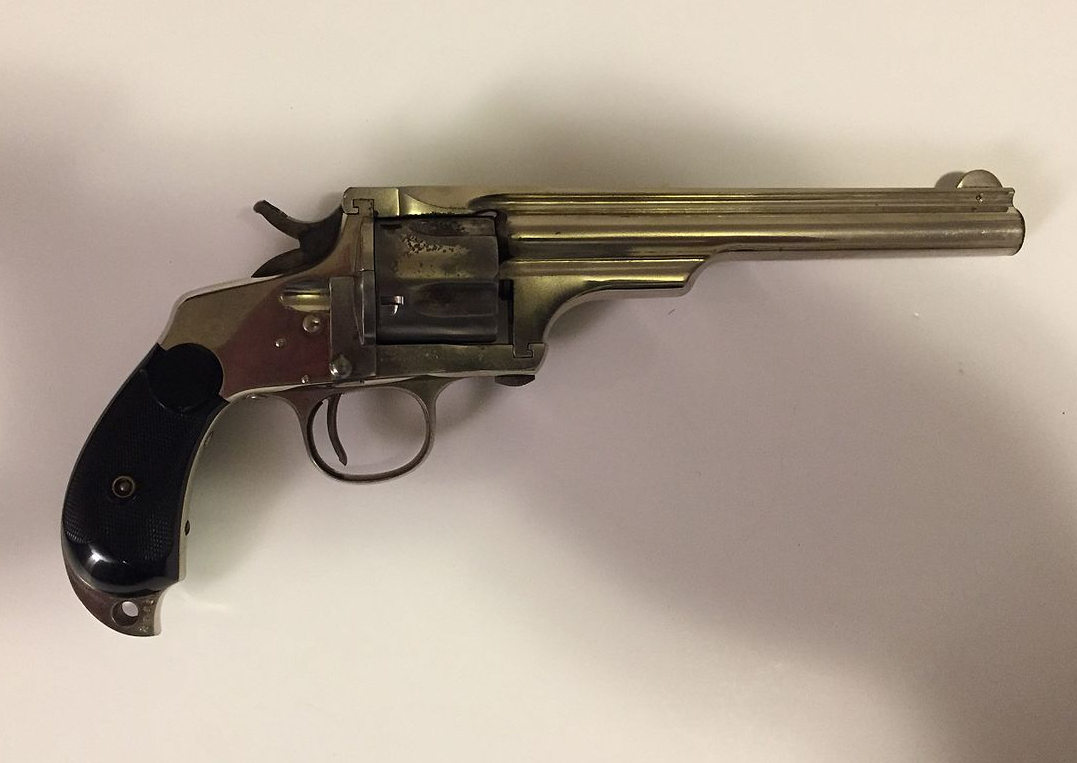
The Pocket Model was made with 2¾”, 3½” and 5½” barrels in 38 Merwin & Hulbert and a target version was also made in .32 Long with a seven shot cylinder.
Small Frame Pocket Model
This was basically a scaled down version of the Pocket Model in .32 Merwin & Hulbert and with a five shot cylinder and 3″ barrel.
Baby Merwin
The Baby Merwin was pretty much a clone of the Smith & Wesson No. 1 made in .22 Short with a seven shot cylinder. This model precipitated a law suit from Smith & Wesson which Merwin Hulbert lost.
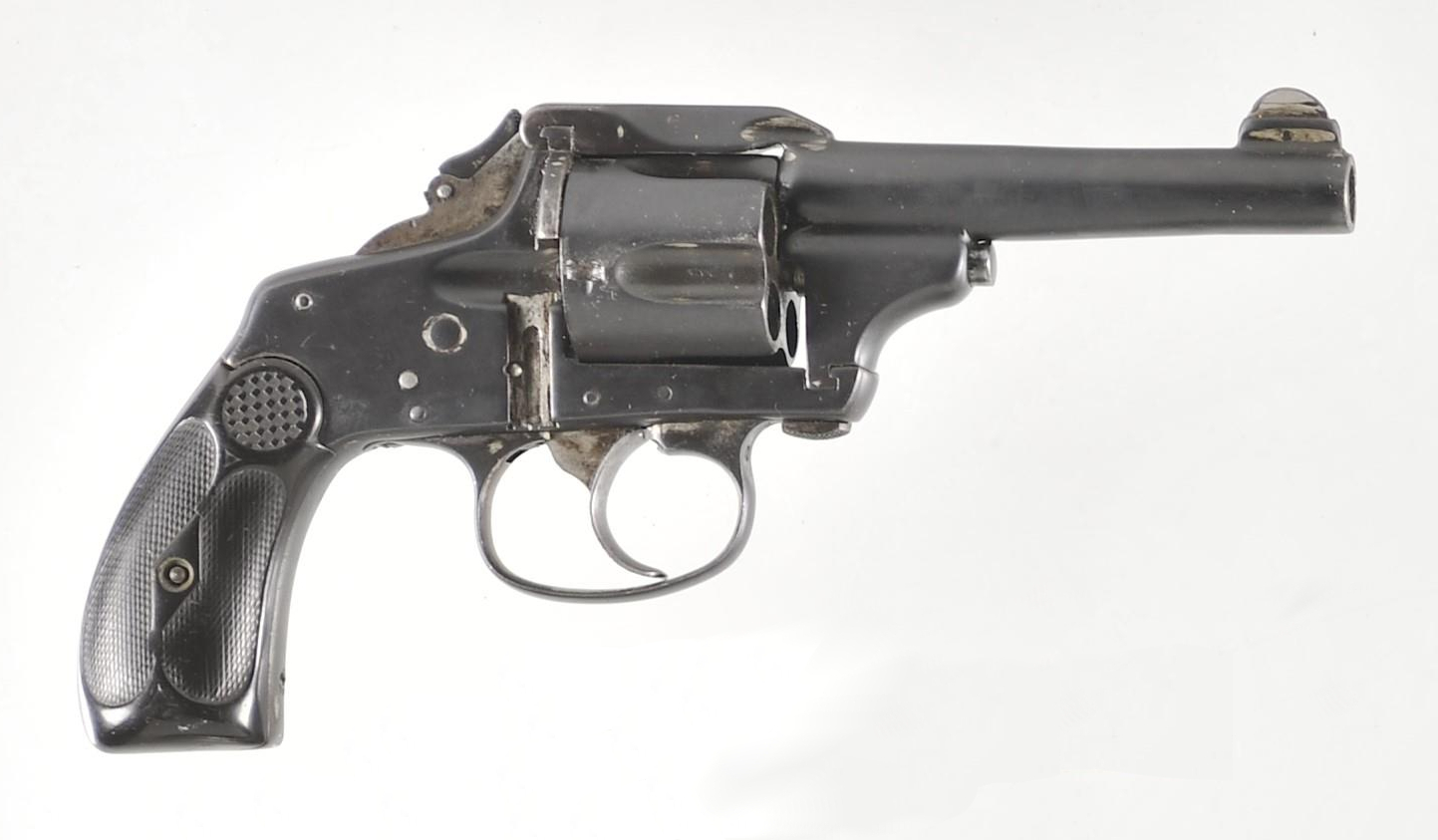
The above Merwin Hulbert style revolver is coming up for sale by Rock Island Auction on 3rd November 2016 and you will find the sale page if you click here.
Merwin Hulbert revolvers come up for sale periodically. You will find quite a number for sale on GunsInternational.com if you click here.
Merwin Hulbert revolvers are a fascinating design and were the revolver of choice for a number of knowledgeable men of the Old West. For the collector of Old Western firearms one of these revolvers is an essential part of a collection.
Below is a review by Forgotten Weapons of some of the Merwin Hulbert revolvers offered by Rock Island Auction in September 2016.
[arve url=”https://www.youtube.com/watch?v=0O4msUTg16k”]
The definitive book on the Merwin Hulbert revolvers is “The Story of Merwin, Hulbert & Co. Firearms” by Art Phelps and you can find it on Amazon if you click here.
(Feature image at the head of this post courtesy riverjunction.com).

Jon Branch is the founder and senior editor of Revivaler and has written a significant number of articles for various publications including official Buying Guides for eBay, classic car articles for Hagerty, magazine articles for both the Australian Shooters Journal and the Australian Shooter, and he’s a long time contributor to Silodrome.
Jon has done radio, television, magazine and newspaper interviews on various issues, and has traveled extensively, having lived in Britain, Australia, China and Hong Kong. His travels have taken him to Indonesia, Israel, Italy, Japan and a number of other countries. He has studied the Japanese sword arts and has a long history of involvement in the shooting sports, which has included authoring submissions to government on various firearms related issues and assisting in the design and establishment of shooting ranges.

